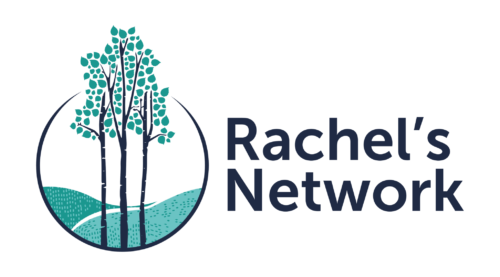In a world of unchecked development and climate change, conservation is no longer simply about protecting land. It’s about changing systems and helping people to rethink the ways they interact with the natural world in their daily lives.
“From the mountains, to the prairies,” Rachel’s Network members are preserving some of our country’s most ecologically important and beautiful landscapes, and doing it in a way that acknowledges and works with this human element.
“It’s all too easy to separate conservation from grassroots advocacy,” says Rachel’s Network Member Mary Bookwalter. “It’s a mindset of donors to account for expenditures and earnings. Because direct action and advocacy are difficult to account for in dollars and cents, “success” takes on a different definition.”
Through her position as a board member with the Indiana Forest Alliance, Mary has been working diligently to move legislation to protect wild areas and prevent over-logging in Indiana’s state and national forests. She’s also engaging Indiana residents and businesses through the Mounds Greenway project and the Indiana Forest Alliance’s Ecoblitz.
The Hoosier Environmental Council’s campaign for a new greenway and trail that would link Anderson and Muncie, Indiana along the White River has successfully brought together many different stakeholders.
“The Mounds Greenway is more attractive because the Hoosier Environmental Council, Indiana Forest Alliance, League of Women Voters and the Heart of the River joined in our efforts to stop a proposed dam that would have destroyed 2,500 acres of farms, a state park, 450 homes and businesses, and the White River,” says Mary.
Mary’s support of the Indiana Forest Alliance’s Ecoblitz is helping locals get in touch with their natural heritage as well. The Ecoblitz, a scientific inventory of the flora and fauna in a 900-acre tract of Indiana’s hardwood ecosystem, has never been done before in the state.
Further west, in the Great Plains, Member Diane Brinkmann is also helping connect people to their natural landscapes.
Diane’s ACME LLC (which she serves on as a member and co-manager) buys and protects prairie in the Great Plains. This year, ACME bought an overgrazed 2,500 acre ranch and sold the land to the Southern Plains Land Trust (SPLT), creating a total of 5,000 acres of conserved prairie (and helping foster what will eventually become 17,000 acres of prairie conservation in the region).
SPLT’s purchase will protect the black-tailed prairie dog and other wildlife, restore native plants, work on river restoration, and rebuild a historic stone house into an education center.
“I think once the SPLT education center becomes a reality, school groups will be able to see what land in their area looks like that hasn’t been overgrazed by cattle,” says Diane. “The black-tailed prairie dog is currently seen as a pest so seeing healthy prairie dog towns and the wildlife related to them would provide an alternate view of what prairie is.”
Member Diana Hadley is working with stakeholders throughout North America to close gaps between protected areas. As a board member of the nonprofit Wildlands Network, she’s helping engage private landowners, governments, and businesses to create four North American “Wildways:” large protected corridors of land connecting core conservation areas from coast to coast and from Canada to Mexico.
Diana has extensive experience with outreach like this as president of the Northern Jaguar Project. Protecting the jaguar in the fraught borderland between the US and Mexico requires an understanding of the challenges faced by local people. So the Northern Jaguar Project involves ranchers and landowners in their conservation efforts and runs educational programs. It’s an approach that benefits both the wildlife and people’s livelihoods.
The work of shepherding unlikely supporters for conservation takes patience and dedication. So does changing laws. But both can lead to big payoffs.
“I firmly believe that the way to get to the root of a problem is by working within the “system” of laws that our society has chosen to govern itself,” says Rachel’s Network Founder Winsome McIntosh.
Winsome celebrated a big victory in 2015 with the reinstatement of roadless rule protections in Alaska’s Tongass National Forest. The McIntosh Foundation funded this effort through support of Earthjustice’s legal work for years.
“The Tongass was excluded from the roadless rule for purely political deal purposes. Finally, it was ruled illegal and our rule of law protecting all public forest land was made whole,” says Winsome. “Patience and sound legal representation climbed the appeals ladder to the top and finally won the day!”
“Supporting the work of a lawsuit in the public interest takes less funds but more patience, and acceptance of considerable risk. Interpretation of the law is ultimately subjective with a judge, and hence, even a good lawsuit can be lost,” says Winsome. “That said, the wins (however long they take in the appeals process) are permanent and change is guaranteed.”
It’s through strategic and integrated philanthropy like this that Rachel’s Network members are remaking the practice of conservation funding.


